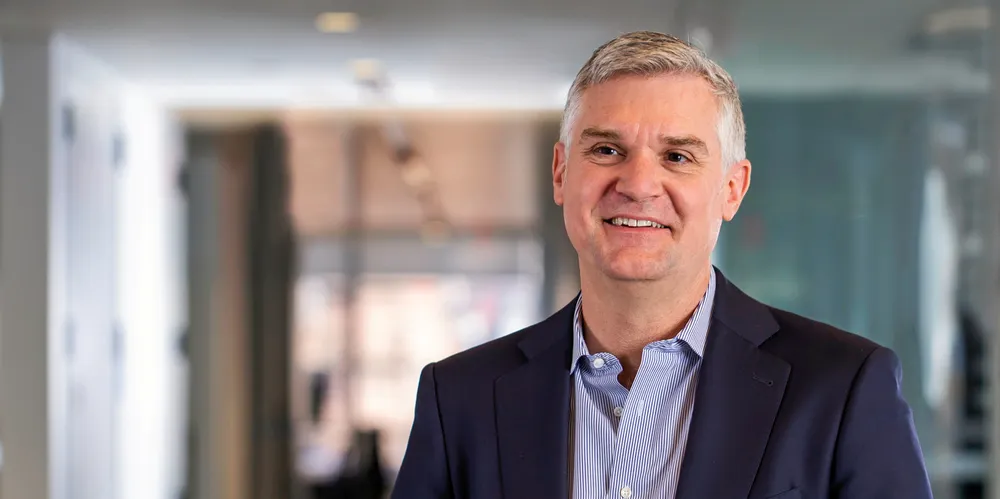'Business cases really under pressure': Orsted US offshore wind chief's inflation warning
Late-stage developments arranging transportation and installation deals most affected by surging fuel, labour and other costs, says Danish group's David Hardy

Surging inflation is presenting a “real challenge in the short-term” for Orsted’s offshore wind projects in the US, particularly for those in late-stage development that haven’t secured contracts for transportation and installation, David Hardy, CEO of Orsted North America, told an industry conference in Boston.
Orsted is a leader in the US offshore wind sector with 4GW of project pipeline, including multiple arrays with joint venture partner Eversource Energy such as the 704MW Revolution Wind and 924MW Sunrise Wind projects off the coasts of Massachusetts and Rhode Island.
These projects are expected to be permitted and eligible to go into construction as early as next year, putting them on a collision course with record-high inflation rates that threaten their economics.
“We don’t have our permits in hand. We’ve secured a lot of our supplies but haven’t secured our transportation and installation scopes. This is the last thing you contract because these standby costs for vessels are really expensive,” said Hardy. “The costs have gone through the roof, obviously. In part due to global supply and demand but also increased costs for fuel, labour, and other things.”
US inflation is at a 41-year high with producer prices jumping 11.3% year-on-year, according to the Bureau of Labor Statistics, a federal agency that is part of the Department of Labor.
“Our business cases are really, really under pressure. I don’t think people understand how challenged we are given the risks-return of offshore wind,” added Hardy.
He mentioned price escalation over the last 18 months for steel which represents 88% of the total mass of an offshore wind system including foundation, according to IHS Markit. Prices for aluminum, copper, fiber glass, rare earth elements, resins, and other materials used in offshore wind turbines are also above historic levels, leading turbine OEMs to raise prices.
“Some folks have a little more time to wait it out, but we don’t. We are building projects that will be installed next year and the year after that,” said Hardy.
The Orsted-Eversource alliance is also developing the 132MW South Fork project aimed at New York, and Orsted with minority partner New Jersey utility PSEG the 1.1GW Ocean Wind 1 off New Jersey.
“We unfortunately have a little bit of Murphy’s Law facing inflation worse than others.” Murphy’s Law is an adage that states that anything that can go wrong will go wrong.
'Keep lobbying hard'
These included multi-year renewal of federal tax credits for renewables and creation of new ones for domestic clean energy manufacturing and construction of heavy-duty transmission lines to facilitate interconnection of offshore wind projects with the onshore electric grid.
Hardy also called for Congress or the US Treasury to authorise more efficient and faster monetisation processes for the tax credits such as direct pay, which would allow project developers to receive tax refunds regardless of their tax liability and corresponding capacity to utilise the credits.
“That would give us a little bit better business case,” he said, noting the industry was fortunate to have the federal investment tax credit for projects that start before the end of 2025, after Congress surprised the industry in 2020 by extending it for five years.
(Copyright)